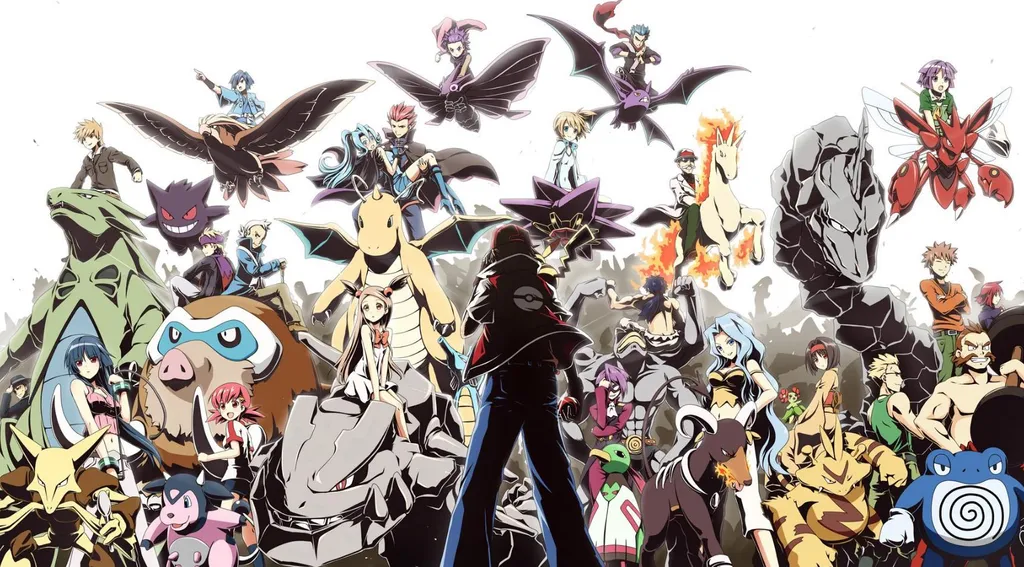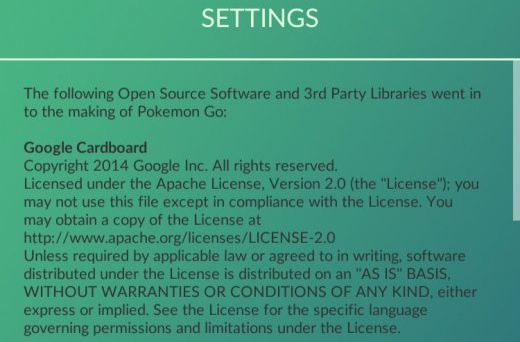Pokemon Go has undoubtedly proven to be augmented reality’s killer app over the past week. But could it soon be virtual reality’s killer app too?
Fans have uncovered an intriguing mention of Google’s first DIY headset, Google Cardboard, within the app itself. Under settings you can find a Licenses sub-menu that lists all the software that developer Niantic used when working with Pokemon Go. At the top of the list is the clear statement: “The following Open Source Software and 3rd Party Libraries went in to the making of Pokemon Go.”
Listed first? None other than Google Cardboard.
Now that’s a surprise; could we see support for the low-end headset in the app? Why else would Ninantic work with it? Currently, Pokemon Go asks players to venture outside to locate virtual critters hidden in the real world. Once found, Pokemon appear within the world using the player’s camera, and are then caught by flicking a Pokeball at them.
Many mobile-based VR headsets, including Google Cardboard, offer a space for your phone’s camera to still access the outside world, so you could still use this feature with a headset on. In VR, though, you could view a true 3D representation of your Pokemon and feel like they were really next to you. It’s a dream that many fans of the franchise – including Oculus Rift creator Palmer Luckey – have wanted to realize for years.
Then again, if the developer has already worked with Google Cardboard, why isn’t support already included in the app? Perhaps it still has improvements to be made. Our preferred theory, though, is that the developer could possibly be holding off to instead support the upcoming Google Daydream platform. That’s a mobile VR ecosystem of headsets and motion controllers supported by a number of upcoming smartphones. Though still powered by smartphones, it represents a much higher-end experience than Cardboard, so we’d definitely prefer to see it there.
Either that, or this was a simple experiment and doesn’t mean anything at all. Let’s hope that’s not the case. Still, we might get to see it on Microsoft’s HoloLens at some point.



























